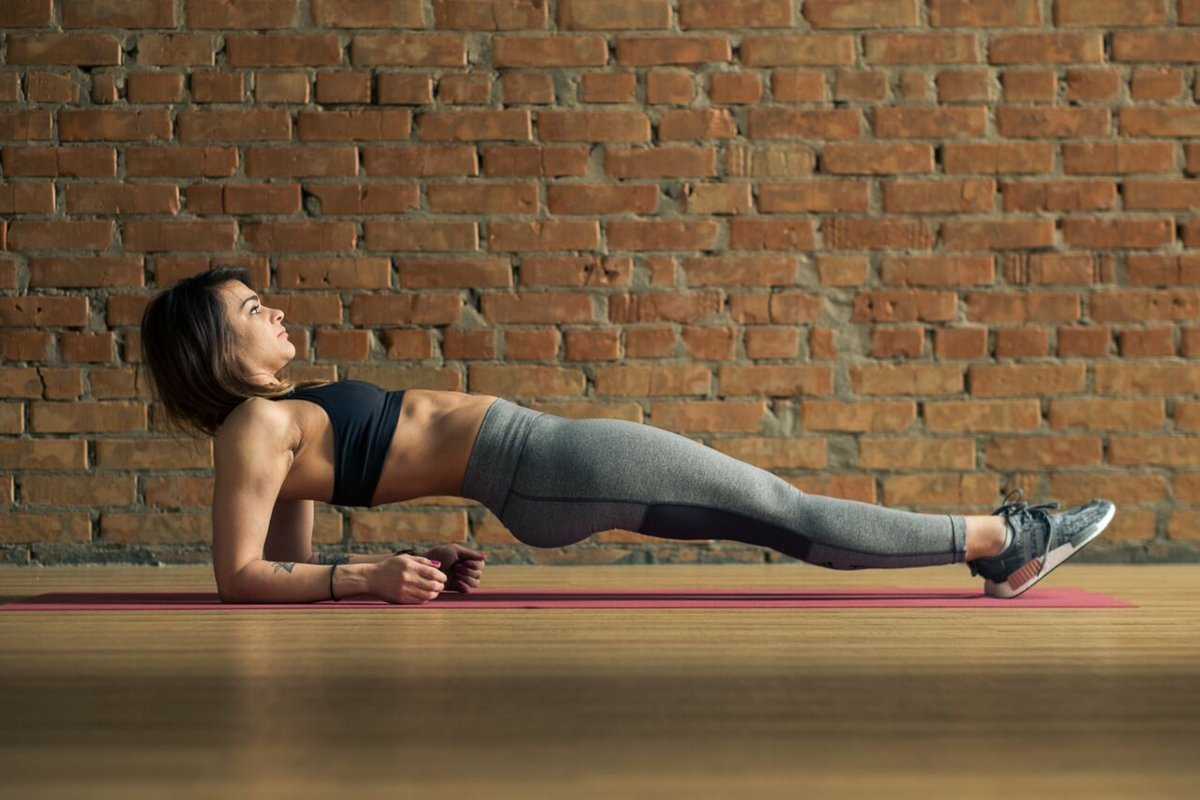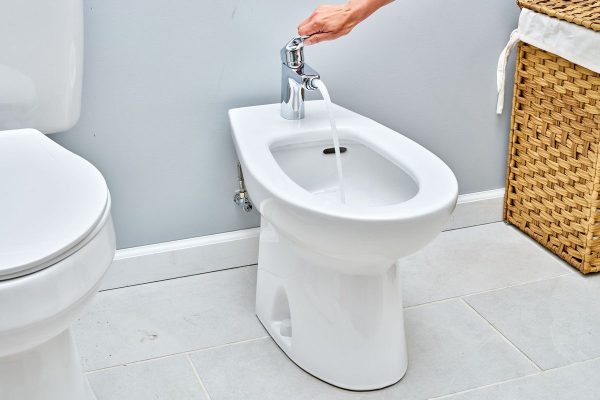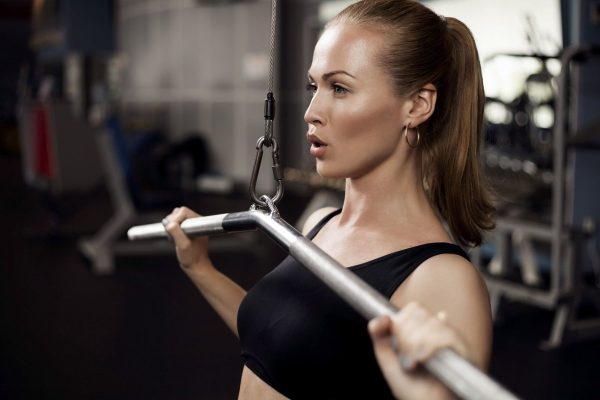Plank rotations are an exercise that combines two tasks at once: they strengthen your core muscles and train your balance at the same time.
While a regular plank is a static exercise, rotations make it dynamic and specifically target your oblique muscles. As a result, this exercise not only helps to tone the abs, but also improves coordination.
Technique
Start in the classic position: palms directly under the shoulders, body stretched in a straight line from head to heels, lower back in a neutral position — without excessive arching or rounding. From this position, bend your right leg and pull your knee towards your chest. Then, as you exhale, rotate your pelvis and pull your knee to the left, twisting your torso. As you inhale, slowly return to the starting position, keeping your leg suspended. The next repetition is performed on the other side.
In this variation, not only the abdominal muscles work, but also the shoulders, back, and buttocks — the whole body remains tense while holding the position.
Comparison of exercise variations
Who it is suitable for Features
Basic beginners and advanced the knee is bent and pulled up to the chest, then moved to the side.
Simplified For beginners and people who are overweight, rest on your elbows, lower your pelvis to the floor, and keep your legs straight.
Advanced For experienced exercisers, during the turn, the leg is fully straightened and placed flat on the floor.
Step-by-step tips
To master the exercise correctly, it is important to follow a few simple rules. First, look forward, not down, to keep your back straight. Second, don’t rush: it’s better to do fewer repetitions with perfect technique. Third, watch your breathing — it helps you keep your rhythm. Finally, start with one minute and gradually increase the time as you feel more confident.
The benefits of rotations in the plank
The main advantage of the exercise is its focus on the oblique abdominal muscles. These are responsible for rotating the torso and stabilising the spine. In addition, the shoulders, back, glutes and legs are also involved. Plank with twists not only shapes a beautiful waistline, but also develops a sense of balance, which is useful in all sports and in everyday life.
Mistake → Consequence → Alternative
- Mistake: rounded back.
- Consequence: overload of the lower back.
- Alternative: keep your torso in a straight line by tensing your abs.
- Mistake: sharp turns.
- Consequence: risk of spinal injury.
- Alternative: smooth, controlled movement.
- Mistake: holding your breath.
- Consequence: rapid fatigue and dizziness.
- Alternative: twist as you exhale, return as you inhale.
What if…
What if you don’t have time for a full workout? Plank rotations can even be done as a standalone exercise. Five minutes is enough to warm up your muscles, engage your abs and get you energised for the day.

Pros and cons
Pros Cons
Engages the whole body – Requires proper technique
Strengthens the abs and oblique muscles – Beginners may find it difficult to maintain balance
Develops coordination and balance – Strains the wrists when resting on the palms
Suitable for warm-ups and cool-downs – Caution is required if you have back problems
FAQ
How often should you do plank rotations?
2-3 times a week, 1-2 sets for one minute is sufficient.
When is the best time to include this exercise?
It can be done at the beginning of a workout to warm up, or at the end to work on the abs.
Can it be done with weights?
Yes, if you are well trained, you can use ankle weights, but it is better to start with your own body weight.





